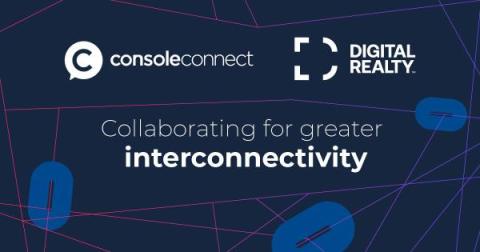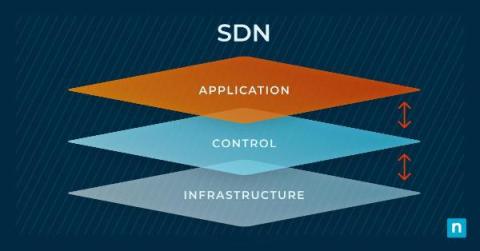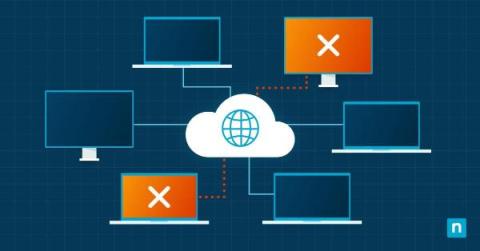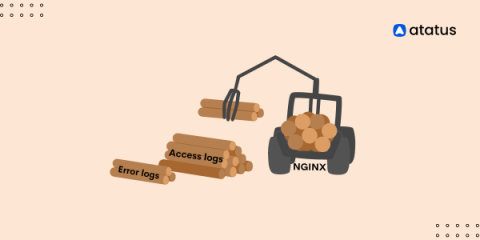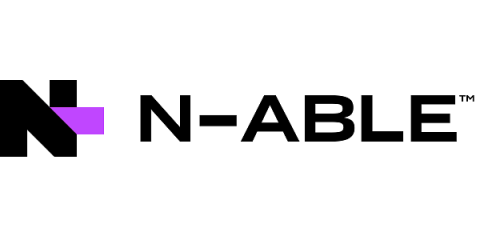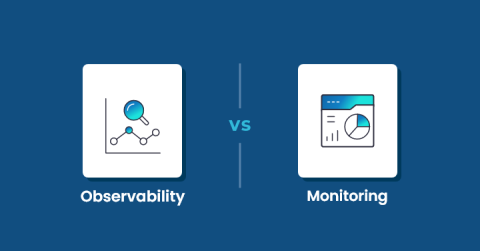Understanding Network Topology: Types, Best Practices
When you Google ‘Topology,’ it’s defined as ‘the way something is arranged or interconnected’. A similar definition extends into the digital world, especially in a computer network. Network topology is the structure and arrangement of the network and its devices. The question is- why should you care about network topologies? The answer is that your whole work depends on the digital realm in this era, and you want everything to run smoothly.




